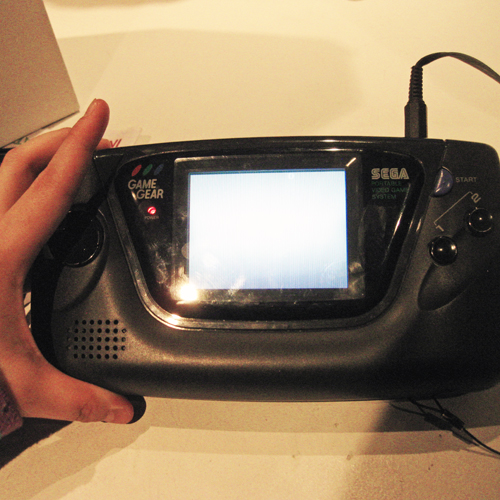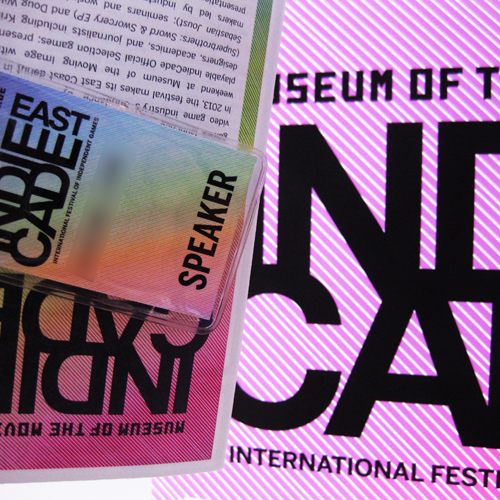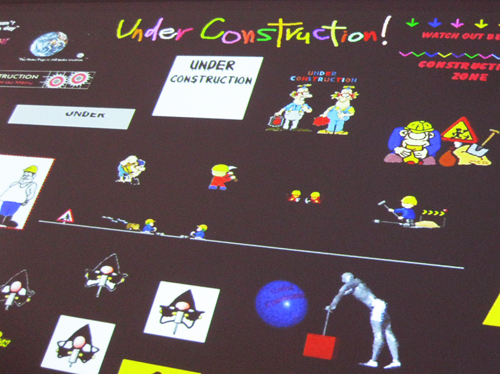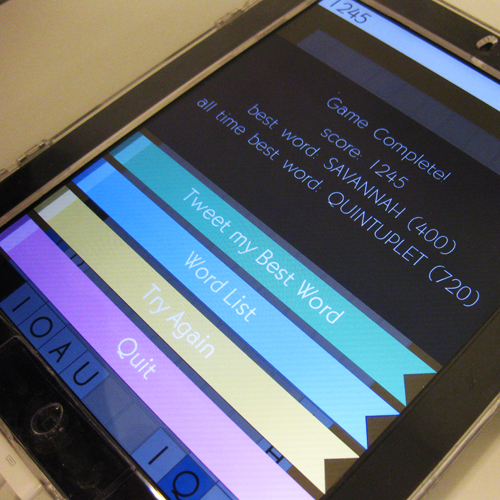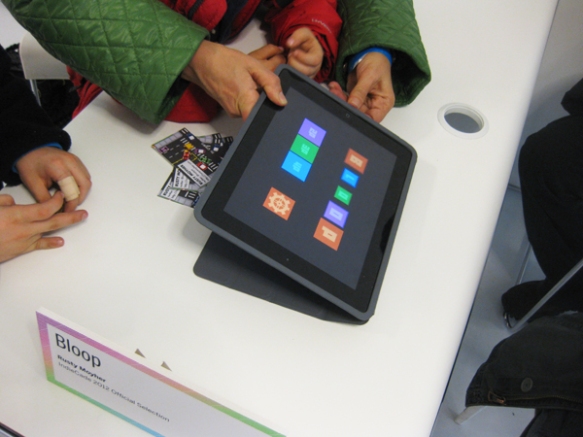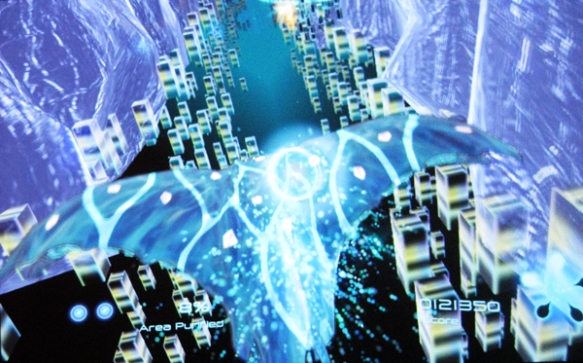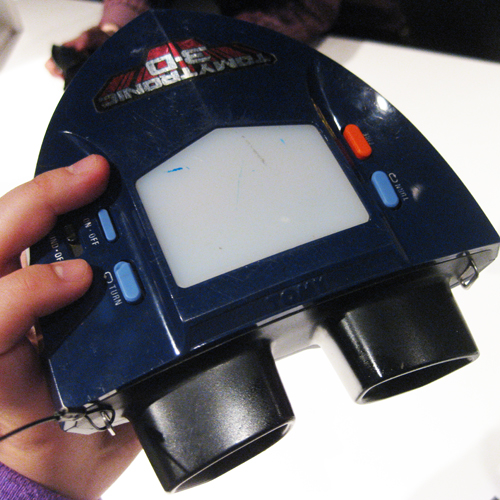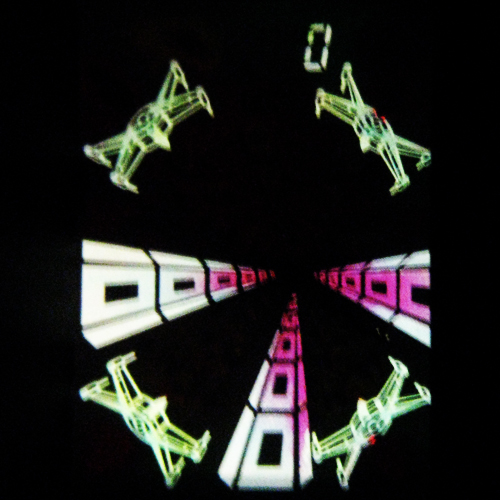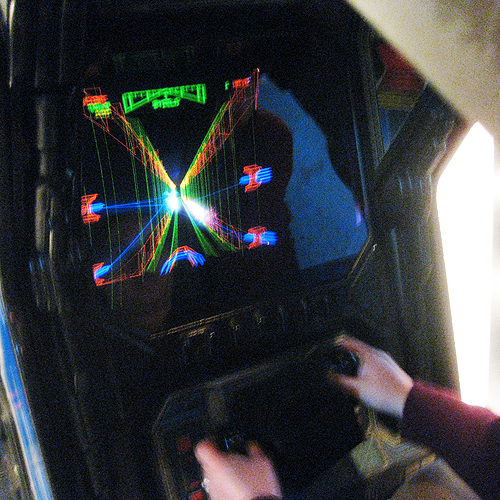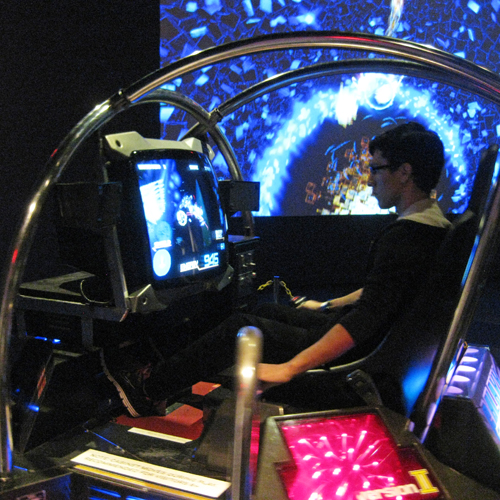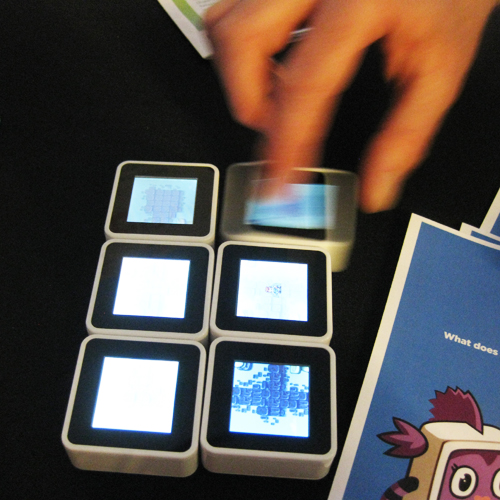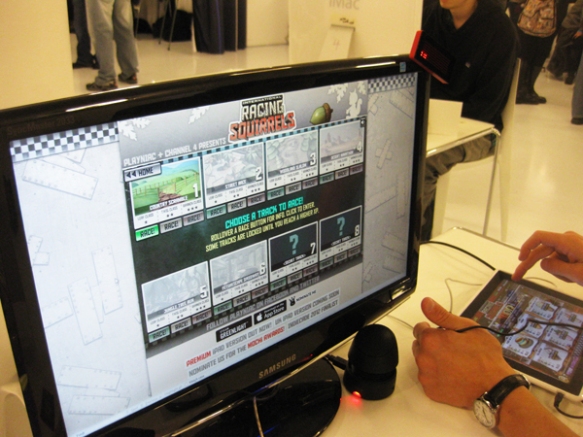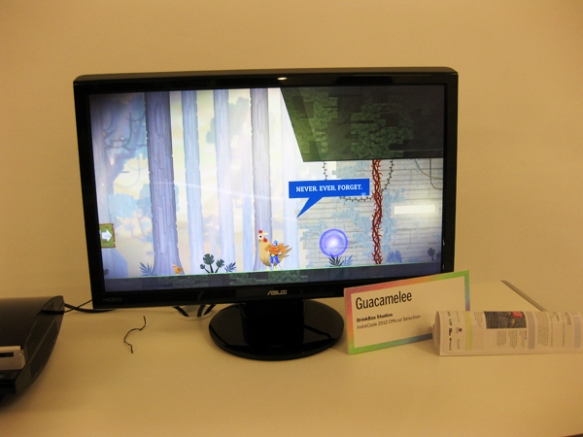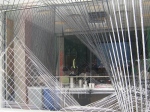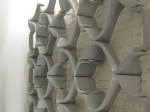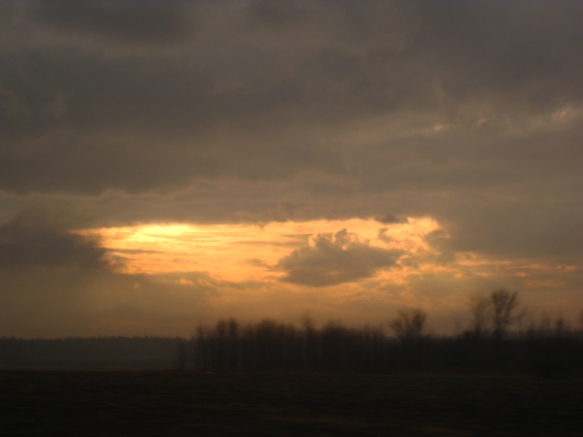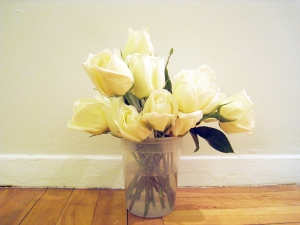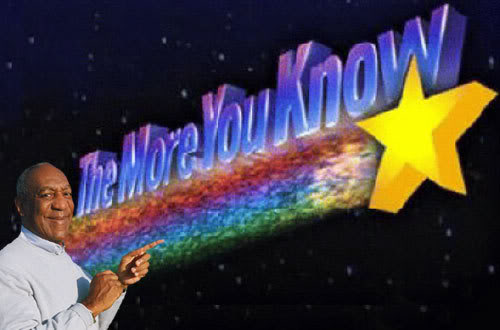So today New School presented a panel with the theme of Image. Summary from website: “”..discuss the functions of images in the arts, technology, and media and the ways in which images shape our understanding of technical innovations and social and political issues.”
Featuring: David Greenberg, Michael Leja, Nicholas Mirzoeff, McKenzie Wark,
If you can’t already tell, I was there mainly for McKenzie Wark (because I had to read his books in undergrad as well as listen to my professors talk about him; I have no shame in stalking him on facebook, and curiousity wins out.) I paid attention to the entire panel though, so here are my brief summaries.
David Greenberg
Green’s article dealt with American presidency and their use of images as a form of activism, with particular reference to Theodore Roosevelt. Before the 20th Century, American presidency was viewed as mostly an administrative role, and it was the Congress that passed the laws and agendas of the country. Roosevelt, he claims, was the one to change the idea of the office to an active or activist presidency i.e. where the president was a symbol of the people-public, a legislative leader, one with the people’s agenda. He was also the first image president – he coined the term “bully pulpit” after all. He turned the president’s secretary to include managing the press, as well as touring the country by train to give speeches. While press conferences didn’t exist at that time, he invited reporters to talk shop and gossip while he was in the barber, or having lunch and they in turn printed his speeches – literally the beginnings of a presidential media campaign.
Greenberg’s main point is the idea of Image As Action/Action as Image with the example of Roosevelt as the embodiment of “activity” both in the way he was portrayed by media (all the verbing!) as well as his role as the first activist president pushing for an agenda – supposedly the Great Democratic Public, whereby the personality of the president was the vehicle of the pushing.
It’s rather fascinating stuff, I really wish I knew more about American history to comment properly on it. Really enjoyed it though, makes me want to wiki it more
Michael Leja
His was really really interesting – the premise of his talk about about tracing the history of The Image; as in what an image meant over centuries. He divides the image into 3 main components: seeing, thinking and picturing. Using these components he comes up with several definitions of what “an image” meant over different periods in history. I really enjoyed his talk, I’m going to look him up — but I hope that he will add “experiencing” in his component categorising of image as well. I suppose seeing is a form of experiencing, but I’m specifically thinking of Rothko and to some extent Burger; where there are ways of seeing, and there is this idea of something having a “correct” way of seeing to give an experience.
1. From Aristotle —> Image As Mental Activity (Imagination)
———> the ‘false’ vs ‘true’ images
———> Image-mind
2. From Lucretius —> Image As Floating Skin
——> each object continues extudes a ‘skin’ of itself which floats, constantly hitting the eye
——> become popular again during advent of Photography; c/f Balzac who thought layers removed from spectral body and put on to photograph
3. From Descartes —> Image as a Retinal Projection
—–> Light moves into the eye
—–> Spiritual likeness; human-image as being key element to divinity; form made by human hands, image as essential spiritual mediator
4. From Baudrillard —> Image as Commodity
——-> paused + sold
5. From ??? —-> Image as an object of suspicion; a weapon
——-> Skepticism (Adorno, Hardt)
——-> battle waged using images
6. Digital Image proliferation —> move from image making to machine image (CV)
—–> “Even as images proliferate, they become less essential to the machine” (Virilio)
——> from CV to retina; the “compression” of images to become machine readable
I actually really really enjoyed this talk. I think it’s because it’s very applicable, and it’s also that tracing the history of ‘the image’ is such a fascinating prospect. I wish he added other things – like the idea of Image as Process, where with the advancement of technology in postproduction fluidity, you have “live editing” (especially in terms of video) where the image is a work-in-progress, constantly repeated until it loses its meaning (like a meme?) Also interesting would be if he addressed experiencing the image, which I mentioned earlier – the shock of the visual or more-than-visual.
Nicolas Mirzoeff
I have kinda a lot of problems with his talk, but I didn’t really know how to articulate it later (so maybe that’s why we crossed-hairs). His talk can’t really summed up easily because it seemed to go everywhere, which really bothered me. There was no central thesis statement to the presentation – not a catchphrase to look for, but a question to encompass The Image.
He began by describing his work on visuality – except he never defines it! He never goes into detail what is visual culture vs. aesthetics vs. image culture which kinda really bothered me. Next he brought up the example of seeing and spaces of seeing, who is seeing what and the control of what is seen and being seen. (example: “Move Along Nothing To See Here” by artist Guo Cai Qiang). He brings up the police as an authority force, and that looking is a form of exchange where we are made to look indirectly so that not to form that exchange.
Looking and being looked at creates images, where poliferation leading to banality of images, where oversaturation has lead to meaninglessness. He brings up the example of Guatanamo Bay images, where the shocking images did nothing to change and was not even brought up during the election. (that’s kinda funny, since panellist Greenway was all about “Image as Action//Action as Image”) OK I follow that……
… and then he does some kind of leap; and goes into a culture of visualisation and military strategising and I’m like: ‘da fuck?!’ He goes on about how Napolean follows the readings of Caryle, who said that those who can visualise can become ‘great men’ (I keep thinking of Aristotle here and his Megalopsuchos; and then Nietszche later with his Ubermensch) and only with flows of visuality can men lead. He uses the examples of biographies in bookshops, and the sales of these “great” figures as an example of how Caryle’s teachings can be still seen today. He calls these practices a ‘forming of complex’ where there is classification (mapping), seperation (walls in Bethlehem) and anesthetisation (military industrial complex, respect for status quo)…… actually I was thinking, a better example rather than just MIC would be the adaptation of military artifacts as a form of wearable design, such as Buzz Rickson’s reproduction of war memorabilia as a fashion statement or how Levi’s 509 were originally based on military uniforms. And these fashion statements forming a kind of ‘tribe’ of trendy wearers, a kind of watered down coolness. And then he talks about counter-culture aesthetics and the art of DIY, and how it compares to the sleekness of industrial product design.
Great! EXCEPT that the whole DIY aesthetic has been appropriated and it is, by itself, a form of aestheticatison JUST AS industrial design is. It’s still a signifier, and it’s not a real resistance against the commodification of culture. Just because you make it out of cardboard and felt, does not make it anymore “real” than if I printed it on heavyweight french paper. Is the meaning lost to how it is presented? So if I were to present, “FUCK CAPITALISM” on perfectly rounded bevel edged metal sheets, I would be ‘non’ counterculture even though my message was against it? It’s totally baffling, especially since the appropriation of DIY-aesthetic is so readily apparent in hipsters (which isn’t even a new thing) and corporations like Etsy, Ebay and yes, Kickstarter. To be honest it kinda reminds me of how some people tried to push for a ‘maker aesthetic’ as though by wearing the clothes of being a ‘maker’ or ‘hacker’ you could become one; even though you didn’t know programming for shit.
To put to place: ‘most counterculture doesn’t change the framework but simply extends the shelf life of commodity culture, to be one with it‘. And to be perfectly honest, I didn’t even come up with that – it was by Ruby ??? (forgot surname) who was critiquing Bourriad’s concept of Post-Production and Relational Aesthetics. I just changed where ‘post-production’ stood with ‘counter-culture’.
OK I get this, and then….. JUMP! and he goes into climate change. And I’m like ‘da fuck’ part 2. At this point I can’t take the slides seriously anymore, some of his arguements seem balantly ludicruous to me. Climate change as a the main/sole cause of poverty? (which is what he suggested) Climate change as the main reason why more and more African populations are pushed below poverty line? I mean, climate change is a huge issue, but let’s not overlook some other factors like government corruption (!), lack of infrastructure resources, patenting of seed banks forcing small farmers to buy GM seeds, increasing use of bio-fuels leading to less food since it’s being grown as cash crops for fuel, speculation on commodity markets…. and so on. I just. I mean I just can’t. To blame drought and poverty PURELY on climate change is just a neglect of other important and pressing factors.
And then I decided you know, maybe he’s just not very good with presentations. Maybe he’s better one-on-one. I tried asking him about it, like what he thought about appropriation; his response: ‘When one space gets appropriated, then we will run to another space and open new public spaces within them.’ That made sense, kind of – but I was skeptical because I’m used to dealing with tech-shit everyday, and well technology will generally get more and more efficient (remember Engelbert’s prediction? YEA.) I mean, even his examples of OccupyWallStreet relied very heavily on controlled platforms like twitter and facebook as form of organisation, and as the net gets tighter the spaces will become smaller.
And his response was fairly rude to be honest. He implied that I wasn’t invested in the present-future (why wouldn’t I be? I’ll be living a lot longer, and it’s my future he’s talking about) and that my participation was ‘weaker’ than his because I was concerned about my status as a student and visa holder (so does he advocate to NYU and their international students to lose their visas and thereby his salary as tenure? I’ll give up my visa if he’s willing to throw his tenure away) and when I suggested that the Occupy movement was concentrated in North America and Arab nations because of the peculiar concentration of unemployment, large wealth disparity and huge youth population he waved it away even though I gave examples such as Philippines, Indonesia, China and Singapore. And when I said I was from Singapore so I knew what I was talking about, his response: “Well you’re from a fascist dictatorship.”
Well. What can you really say to that? By then I was tired of trying to make peace with this man, and rather offended. My first problem was with his sheer sense of righteousness, that he is infallibly and constantly right – that kind of belief and unwillingness of compromise is not a sign of counterculture or heroics but fundamentalism! This dude is totally a fundamentalist – not in the usual christian right, but in his extreme inability to comprehend other people’s views outside his own. That was a terrifying prospect, especially since this man is an educator. What does he educate I wonder, is he an evangelist in his zeal to convert students to his extremity?
The second problem I have is his constant over-generalising. To write off an entire country as “fascist dictatorship” is to assume that you know every single practice of how the country works and runs, and as much as I wish to escape the authoritarianism of Singapore I would never be so quick to judge on that. It’s akin to me saying: “Americans are all stupid and obese”. I suppose it’s inevitable that he thinks so, just as he thinks that all of Africa suffers from climate change induced poverty (which also begs the question – Africa is a continent, not a country, so which countries are actually suffering from drought? As far as I know, Mauritius, an African country, is still doing rather well for itself.) I’m not really angry, just kinda shocked at how someone who claims to be open-minded and into activism can be so narrow in his views.
McKenzie Wark
I knew what he would be talking about, since he writes about Situationists and is teaching a class on Situationist/Letterist International. It’s okay, because I really like the Situationists as well, although sometimes I wish we could move away from them – from ‘walking the city’ to ‘flaneur’ to ‘détournement’. He started by giving a brief overview of Situationists, in particular Guy De Bord and focused how Situationists and their understanding as Image as a form of Systems – where the appearance (theatrical sense) formed a spectacle.
[offtopic]
I think how he feels about Guy de Bord is exactly how I feel about Deleuze. I’ve been reading and writing about him since undergrad, and I can’t decide whether I love him or hate him but it always seems like I go back talking about him.
[/offtopic]
Actually what I really enjoyed was how he defined ‘détournement’. I’ve come across it in Deleuze and other stuff, and have usually defined it as ‘an extraction of alternate meaning; the forming of resistance or appropriation from capitalist culture’ He defines it differently however, as: “a hijacking, a correction in the direction of hope.” which adds a kind of emotional/political layer that my definition didn’t have. Appearances, can be summarised as ‘that which appears is good, that which is good appears’ where the system of appearances is one of production to ‘appear’. (I keep thinking, would manifest be correct? how about rule 34?)
He went into culture next, about the rise of culture commons and how the Situationists imagined it – but not the corporations that would farm the data as well. Then he brought up the usual suspects – the computer as a form of architecture, disinterested in content but only in the channeling of it (control society 101? platform politics?), or as he said: ‘[computers only interested]… more bits!” and how this kind of mass production of mass media has created a kind of meta-media, where:
media—->meta-media<—->accessing you
So by participating in media, you also give it the power to access your data and personal information; the ‘space of controlling content’ would be where our future battles’ at. He also touched briefly on the future; that perhaps we would progress to an aesthetic economy where the appearance, or the aesthetic value would be a mark of ‘better’ or ‘quality’ and then he and Luja mentioned the term ‘beauty’ briefly – which was kinda interesting because ‘beauty’ (in Kantian sense anyway) is always a human characteristic in the way sublime is not.
My question, posed to the panel was how to reconcile image proliferation (and the meaningless of it) with repetition – where only with repetition, creates difference. Through difference, is forming-identity
The answer I got – wasn’t bad, but not really satisfactory? Wark answered it by saying that artwork or images need to don’t need to be the ‘best’ but rather it is the exemplary piece and cited Warhol and his multitude of screenprints. Later I approached him again, and got a better answer (well it’s a public panel with timelimits after all) and I think he agreed? with Deleuze that it’s the repetition that really makes it count, and we went off tangent to other things like the problems with prototyping as an unsustainable iterative process.
[offtopic]
you know when you really idolise someone, meet them in real life and is disappointed? well, I was totally shocked that he really is as awesome as his writing is, and totally a cool guy.
[/offtopic]
….. and guess what???? I got a free book *AND* an autograph too. omg fangirl!moment Dave Carroll is probably laughing his brains out right now, but it’s OK (lol)


yah man, brb stanning harder than ever rn.
